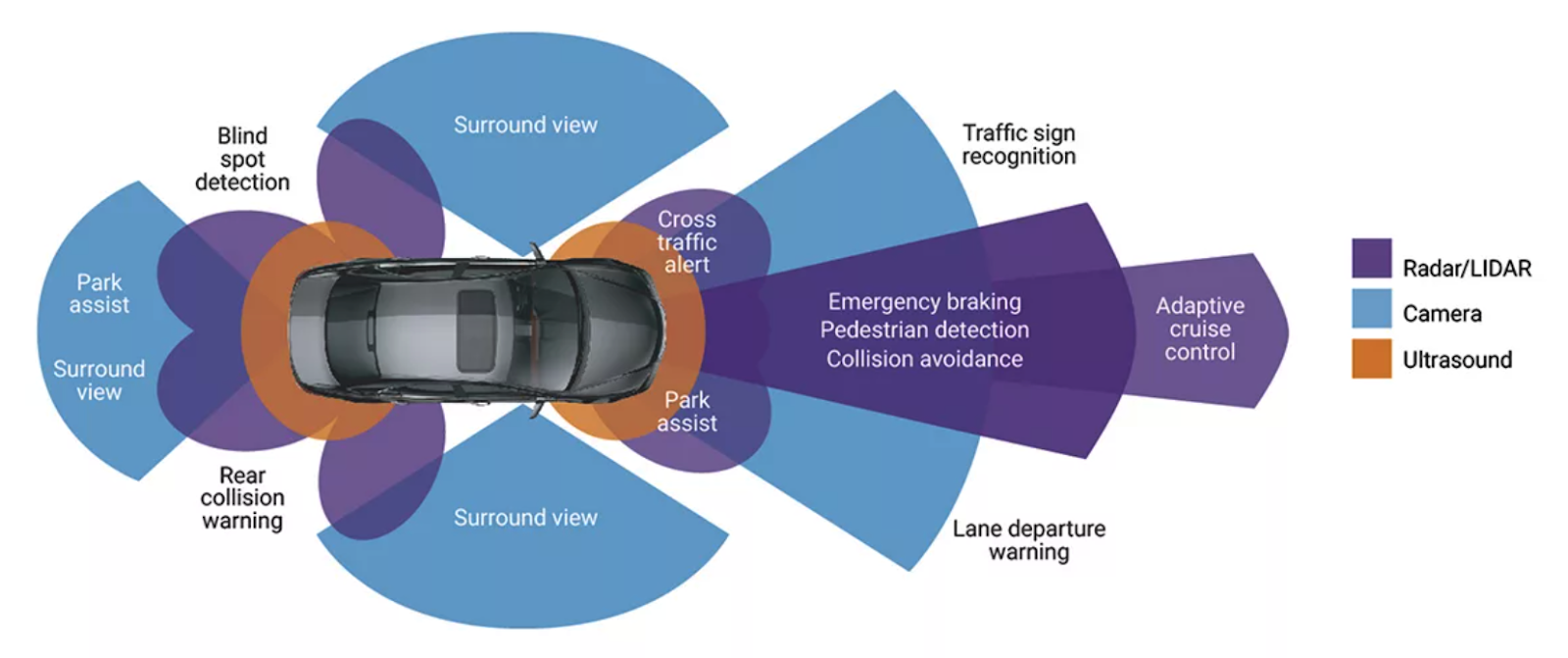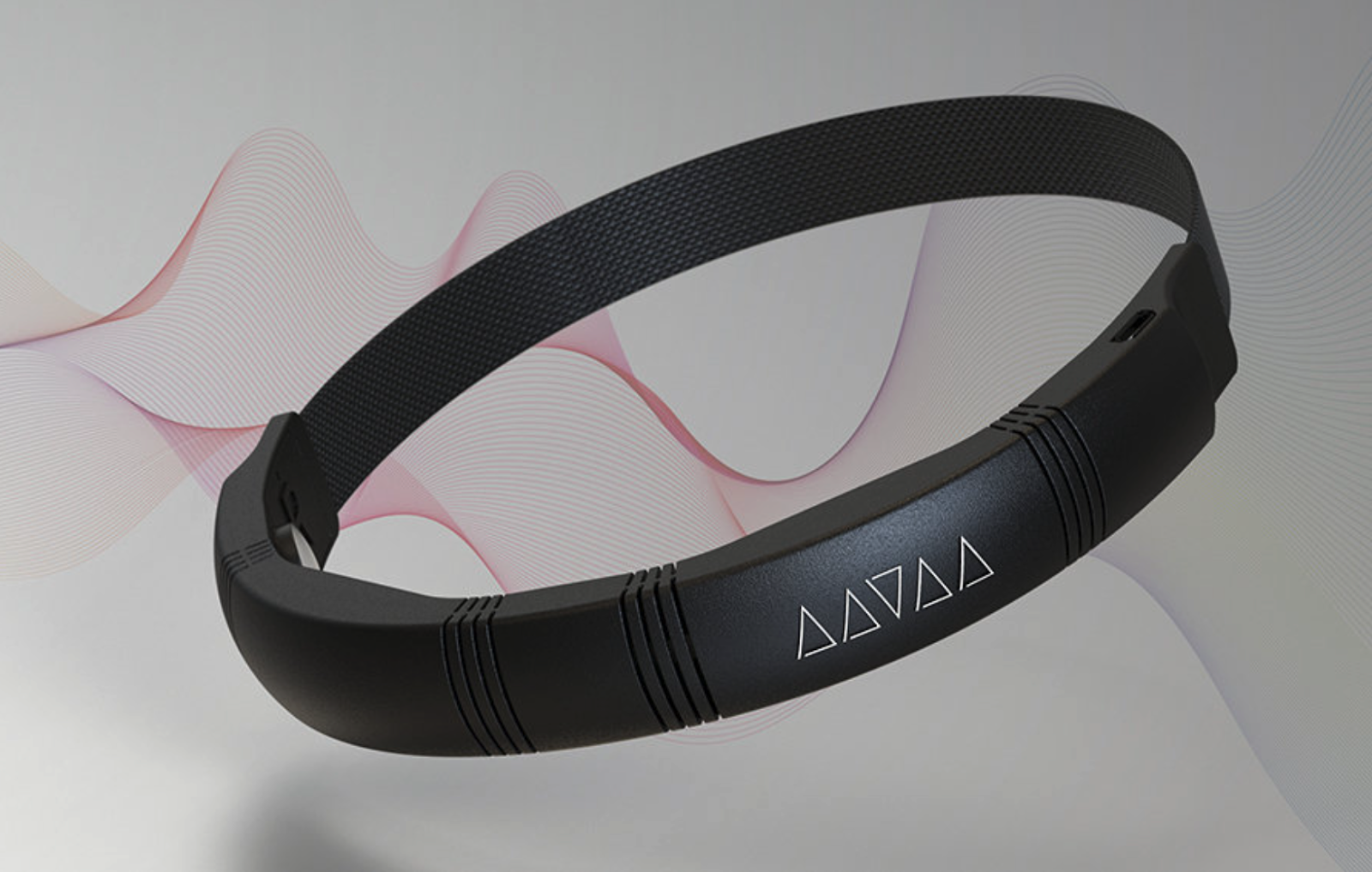
Auto assistive technologies are changing the automotive world. They make driving safer, more accessible, and easier for everyone. These innovations help people with disabilities, older adults, and those who want safer travel options. As the industry grows, these technologies play a bigger role in meeting diverse needs.
The use of AI and machine learning is driving major improvements in how vehicles work and how people interact with them. This blog will cover the main types, benefits, challenges, and future trends in auto-assistive technologies.
Understanding Auto Assistive Technologies: Making Driving Safer and More Accessible
Auto assistive technologies include tools and systems built into vehicles to help drivers and passengers. They improve safety, convenience, and accessibility, especially for people with disabilities and older adults.
By 2050, about 3.5 billion people will need assistive technology. This rising demand is pushing rapid growth in the automotive field. Automakers and tech companies are investing heavily to meet the need for safer, more accessible driving.
Exploring the Main Types of Auto Assistive Technologies for Enhanced Driving
Auto-assistive technologies are grouped into several key categories. Each category addresses different aspects of driving, safety, and accessibility. These represent core technologies that make vehicles safer, more user-friendly, and more inclusive.
By combining advanced sensors, AI, and user-focused design, these systems cater to the diverse needs of drivers and passengers. This helps to enhance overall road safety.
Advanced Driver-Assistance Systems (ADAS): The Future of Vehicle Safety
Advanced Driver-Assistance Systems (ADAS) help make driving safer by automating certain tasks. They use cameras, sensors, and AI to monitor the vehicle’s surroundings and provide real-time support to the driver.
New sensor fusion technology has made these systems more accurate. By combining data from different sources, they can better detect objects and predict potential hazards.
As ADAS continues to develop, features like the following are now standard in modern vehicles:
- Adaptive cruise control
- Lane-keeping assistance
- Automatic emergency braking
These advancements play a crucial role in reducing accidents and keeping drivers safe.

Autonomous Vehicles and the Path to Greater Mobility Independence
Autonomous vehicles use AI, sensors, and machine learning to drive on their own without a human driver. This technology offers new options for people who need more independence, such as those with disabilities. These vehicles rely on several tools to detect their surroundings and react quickly:
- LiDAR: Uses light detection to map the area around the vehicle.
- Radar: Tracks objects and measures their speed and distance.
- V2X communication: Connects the vehicle with other cars, traffic signals, and road infrastructure.
Companies like Waymo are leading this innovation. They are working to improve features that make these vehicles more accessible, including for people with vision impairments.
Top Adaptive Tools That Make Vehicles More Accessible
Adaptive driving tools help people with physical disabilities operate vehicles more effectively and independently. These tools include hand controls for braking and acceleration, voice recognition software for hands-free use, and mouth-operated touchpads.
These touchpads allow drivers with severe mobility limitations to control vehicle functions. Continued development of these devices is essential for making vehicles accessible to a wider range of users.

Improving Safety, Accessibility, and User Experience with Auto Assistive Technologies
The development of auto assistive technologies focuses on three main areas to improve the driving experience: safety, accessibility, and user experience.
Enhancing Safety with Real-Time Monitoring and Advanced Controls
Modern assistive technologies use real-time monitoring systems to detect hazards and help prevent accidents. For instance, automatic emergency braking detects obstacles and stops the vehicle before a collision. Meanwhile, adaptive cruise control ensures a safe distance from other vehicles.
Empowering Independence Through Adaptive Tools and AI Interfaces
Tools like adaptive driving aids and AI-driven interfaces make driving easier for people with disabilities. This not only increases independence but also allows users to participate more fully in daily life.
Improving User Experience with Smart Features and Predictive Maintenance
Features such as AI-powered screen readers and voice controls make it easier for people with physical or sensory impairments to use vehicle systems. Real-time monitoring systems are also evolving, providing alerts for maintenance needs to help keep vehicles in good condition.
The Pros and Cons of Auto Assistive Technologies in Modern Vehicles
Auto assistive technologies bring significant benefits by improving safety, accessibility, and convenience for all drivers. By integrating AI and adaptive tools, these systems help prevent accidents, support individuals with disabilities, and enhance the overall driving experience. As features like ADAS and voice recognition become standard, vehicles are not only becoming more user-friendly but also setting higher safety and inclusivity standards in the automotive industry.
How Auto Assistive Technologies Are Enhancing Safety and Driving Convenience
Auto assistive technologies provide benefits that extend beyond just improving the driving experience. These systems help make the automotive industry safer, more inclusive, and more efficient, especially for older adults and people with disabilities. Some key advantages include:
Enhanced Safety
Technologies like lane-keeping assistance and automatic emergency braking help reduce accidents by providing real-time driver support. AI and sensor integration allow vehicles to adapt to changing conditions and assist in high-risk scenarios.
Increased Accessibility
Adaptive tools empower people with disabilities to drive independently. The use of controls and voice recognition software makes it easier for individuals with limited mobility to operate vehicles safely. Brain-computer interface (BCI) devices, for example, are being explored to allow users to control vehicle functions using simple head movements.
Improved Driving Experience
AI-driven systems help streamline navigation and vehicle operations, offering real-time insights for a smoother driving experience. Predictive maintenance features notify drivers of mechanical issues before they worsen, reducing unexpected breakdowns.

Major Challenges Facing the Adoption of Auto Assistive Technologies
While there are many benefits, some significant challenges need to be addressed for these technologies to become widespread. These include:
- Regulatory Inconsistencies: Regulations vary across countries, creating a complex landscape for automakers. This can delay the introduction of new technologies and limit their availability. Harmonizing regulations is necessary to facilitate broader adoption.
- Cybersecurity Concerns: As vehicles become more connected, the risk of cyberattacks increases. Companies are working to develop stronger cybersecurity measures to protect sensitive data and vehicle systems. The growing focus on cybersecurity in auto technologies is evident, with 89% of dealers prioritizing it more than before, yet only 47% feel ready to meet compliance standards.

- Technological Limitations: Although AI-powered voice recognition and other innovations are advancing, there are still issues like software errors and compatibility problems with older systems. High costs can also be a barrier for some consumers.
Auto Assistive Technologies Market: Growth Trends and Adoption Drivers
The market for auto assistive technologies is experiencing rapid growth, driven by advancements in AI, new safety regulations, and the rise of connected vehicles. The market is projected to grow at a compound annual growth rate (CAGR) of 10.5% from 2021 to 2028. Factors such as the increased demand for autonomous vehicles and government policies mandating advanced safety features are helping to accelerate growth.
The Future of Auto Assistive Technologies: Key Innovations to Watch
Advancements in AI, smart interfaces, and real-time monitoring tools are shaping the future of auto-assistive technologies. Innovations include smart autonomous wheelchairs and wearable technology that offer real-time feedback for people with disabilities. AI-driven adaptive interfaces will continue to evolve, making vehicles more accessible for various users, while machine learning will help optimize vehicle performance based on each driver’s habits.
Voice-activated controls and gesture-based systems will enhance the user experience, making hands-free operation more intuitive and safer. Brain-computer interface (BCI) technology could allow drivers to control vehicle functions using neural signals, benefiting those with severe mobility limitations. Companies like Tesla and Toyota are also investing in cutting-edge solutions to bring these technologies to market.
The Impact of Auto Assistive Technologies on the Future of Driving
Auto assistive technologies are set to transform the automotive industry. They will make driving safer, more accessible, and more user-friendly. By addressing challenges and investing in new solutions, automakers and tech developers can continue to advance in this dynamic field. These efforts will ensure that innovative mobility solutions reach more people, making transportation more inclusive and empowering.
Sources
- https://www.who.int/news-room/fact-sheets/detail/assistive-technology
- https://www.synopsys.com/glossary/what-is-adas.html
- https://www.forbes.com/sites/stevenaquino/2023/08/09/ahead-of-crucial-cpuc-vote-waymo-disability-advocates-argue-transformative-impact-of-autonomous-vehicle-tech/
- https://www.thelasttackle.com/types-of-assistive-technology-for-quadriplegic/
- https://aavaa.com/the-power-of-brain-computer-interface/
- https://www.letsenvision.com/blog/trends-assistive-technology-artificial-intelligence
- https://www.cdkglobal.com/dealership-operations/cybersecurity
- https://news.mit.edu/2024/mouth-based-touchpad-augmental-0605

